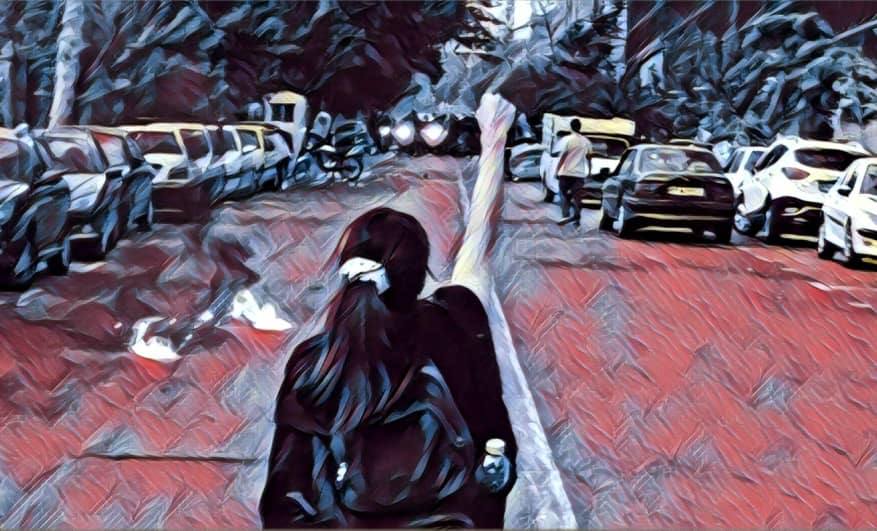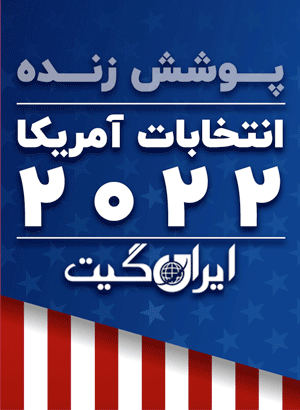Why did the Mehsa movement fail to overthrow the government?
According to Iran Gate’s report, widespread disagreements among various opposition groups have caused disillusionment among domestic protesters and led them to abandon the streets, preventing the Mehsa movement from succeeding.
Recently, Iranian citizens commemorated the first anniversary of the death of Mehsa Amini in the custody of Tehran’s morality police. Despite expectations, serious protests against the Islamic Republic did not materialize. Apart from scattered and limited protests, no significant events took place. Many believe that the actions of exiled protesters and their inability to create a widespread and united front have also caused deep disillusionment among domestic protesters. However, some also argue that the heavy suppression of protesters by the Islamic Republic was the main factor in suppressing the protests on the first anniversary of Mehsa Amini’s killing in the custody of the morality police in Tehran.
Iran Gate has investigated the case of the failure of the Mahsa Movement in its attempt to overthrow the government. This case consists of two parts: the first part focuses on the flow and the investigation of the connections between the protesters inside and outside the country. The report examines the main reasons for the failure of the overthrowers to successfully carry out the process of overthrowing the Islamic Republic.
Revolution without a leader
After the failure of the Green Movement in the late 80s, many opponents of the Islamic Republic emphasized the need to avoid relying on a specific and unified leadership for protests. They believed that the house arrest of Mir Hossein Mousavi, Zahra Rahnavard, and Mehdi Karroubi served as a starting point for suppressing the presence of Green Movement protesters in the streets of Tehran and other major cities in the country. Therefore, analysts and theorists of the overthrow movement emphasized the importance of launching leaderless protests in the following years.
Some of these types of protests include the summer of 2017, the fall and winter of 2017, spring of 2018, spring of 2019, and the fall and winter of 2021. These protests formed without a clear leadership within the country, but the most important and largest protest movements took place in the fall and winter of 2021, known as the Mahsa Movement. As mentioned, this movement also continued without leadership within the country until it gradually faded away in the winter of 2021.
Many analysts believe that the weakness of this movement is actually the lack of a charismatic and influential leadership. These individuals point to the high dispersion of gatherings throughout the country as evidence, which confuses the protesters within the country. On the other hand, some claimed that Reza Pahlavi could be recognized as the leader of the Mahsa Movement, but the lack of positive response from the protesters to his calls indicates the reality that the son of the last king of Iran does not hold the special and unique position that was assumed among Iranian protesters.
There are also separatists.
According to many experts, one of the inhibiting factors for the continuation of protests against the Islamic Republic is the strong presence of separatist parties and influential figures in the overthrow coalitions abroad. The emergence of these factions, which were previously unrecognized, has allowed them and separatist parties to portray themselves as legitimate.
The George Town University gathering and protests in cities like Toronto, Cologne, London, and Frankfurt were notable for the prominent presence of separatists. Even many domestic protesters, mostly young people who were unfamiliar with these factions, suddenly found themselves confronted with strange symbols of separatist parties that were being advertised abroad.
This very point led to the Islamic Republic of Iran’s state television also conducting extensive maneuvers to highlight the prominent presence of separatists among foreign protesters. On the other hand, nationalistic slogans such as ‘From Kurdistan to Sistan, I sacrifice my life for Iran’ are being spread in response to these events. However, despite the continuation of the movement, separatists still persist among various figures and coalitions. Of course, this movement has tactically moved towards federalism and tried to prevent the separatist label from being attached to them.
But events such as the statement of the Mahsa Coalition, composed of Reza Pahlavi, Abdullah Mohtadi, Hamed Esmaeilion, Masih Alinejad, and Nazanin Boniadi, have caused serious doubts among domestic protesters regarding the positions of this coalition, especially their use of terms like territorial integrity instead of national unity of the Iranian people, and Iranian ethnicities instead of Iranian ethnic groups. This has left the protesters disheartened towards this coalition.
English
View this article in English


